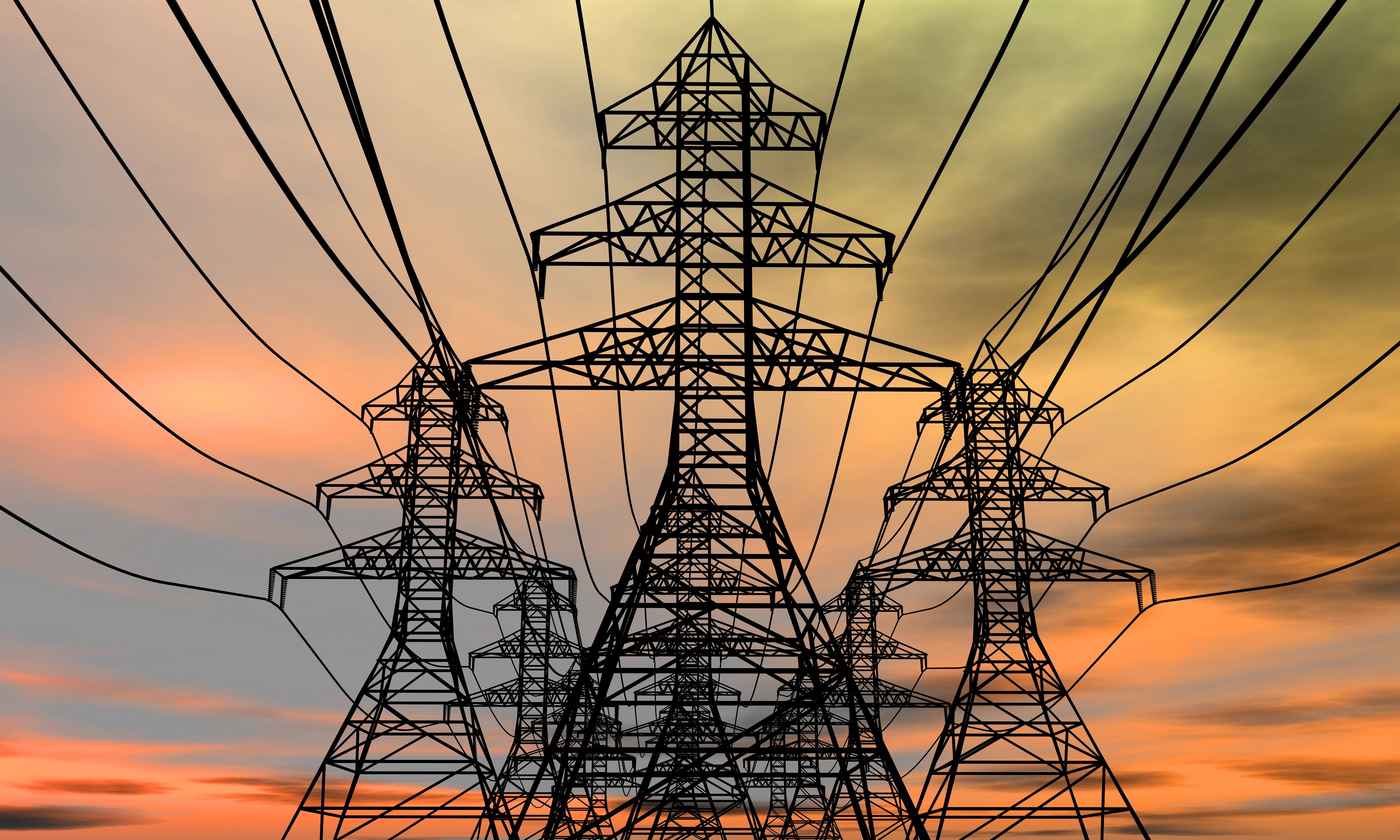China poised to hit renewable energy targets ahead of plan
While the headwinds facing China continue to blow its economic recovery off track, the renewable energy sector is on track to surpass ambitious installation targets ahead of schedule. China aims to add 160 GW of solar and wind energy capacity in 2023. This is a target as it is more than the combined capacity installation of solar and wind in Europe (i.e. 58 GW) and the USA (i.e. 71 GW) in 2022. However, China is on course to comfortably exceed this: 123 GW of solar and wind energy capacity has been added in the first seven months of 2023, already accounting for 77% of the annual target (Figure 1). China’s overarching goal is to double capacity from 2021 levels and install 1,200 GW of energy from wind and solar sources by 2030. At the current pace, China will be able to achieve the target by 2025, five years earlier than scheduled.
New energy vehicles charge ahead
The new energy vehicles (NEV) industry, including battery electric vehicles and plug-in hybrids, is booming in China, with both domestic and international companies investing heavily in the sector. The Chinese government has been paying great attention to the NEV sector since 2012. Favourable government policies, including incentives for both manufacturers and consumers, have spurred the rapid growth of EV production and adoption.
The NEV industry has been making remarkable strides in 2023. In the first seven months of the year, China’s NEV production figure reached 4.59 million, representing a 40.5% y/y growth. China has maintained its position as the world’s top NEV producer and seller for eight consecutive years. In the first seven months of the year, China exported 934 k EVs, equivalent to more than 15% of China’s total EV production in 2022. This represents a 107% increase in export volume compared with the same period in 2022, when only 451 k EVs were exported (Figure 2).
PBoC’s green financing to support green projects
The People's Bank of China (PBoC) has been instrumental in driving sustainability through its green financing initiatives to support environmentally friendly projects. By providing financial incentives, favourable lending terms and regulatory support, the PBoC encourages businesses and institutions to invest in green projects that reduce carbon emissions, promote clean technology and retrofit. The PBoC’s green financing programme has provided liquidity support of RMB5 tn (i.e. $690 bn) in 2023 H1, with 40% of the funding allocated to green infrastructure projects (Figure 3).
Going green offers a path to ‘high-quality’ growth
While China grapples with economic challenges and uncertainties in 2023, the focus on green sectors has shown the authorities’ determination to pivot to more sustainable growth. The country's transition to renewable energy, NEVs and financing supports for greener economy will be key drivers of high-quality growth. Taking a long-term perspective, the challenges currently faced by China may be seen as a transitional phase from an old property-driven growth model to a new green-led growth.
If you are keen to hear more about our views on China and global economy, please refer to Global Economic Outlook and/or get in touch with our CRU economists:
Henry Hao: Hangwei.Hao@crugroup.com
Alex Tuckett: Alex.Tuckett@crugroup.com
These and other economic developments that impact commodity markets are discussed with CRU subscribers regularly. To enquire about CRU services or to discuss this topic in detail, get in touch with us.
CRU experts discussed the impact of the war in Ukraine on commodity markets in a recent webinar. Experts from all major commodity areas joined CRU’s Head of Economics and an energy specialist to discuss markets one month on from the invasion of Ukraine. The webinar is available to watch on-demand here.














